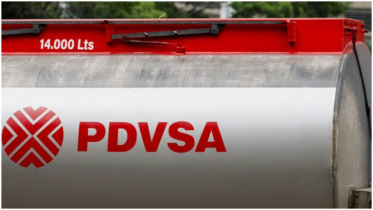Impact of US tariffs uneven across the European Union

Should former U.S. President Donald Trump follow through on threats to impose 30% tariffs on EU imports, the impact would vary widely across European Union member states, reflecting differences in their export profiles and exposure to the U.S. market.
Ireland and Germany Most at Risk
Among EU countries, Ireland and Germany stand to be the most affected. Ireland, often dubbed “Europe’s laboratory,” holds the largest trade surplus with the U.S. at $86.7 billion, primarily driven by American pharmaceutical giants like Pfizer, Eli Lilly, and Johnson & Johnson, which benefit from Ireland’s low 15% corporate tax rate. Ireland also serves as the European hub for U.S. tech giants such as Apple, Google, and Meta.
Germany, the bloc’s industrial backbone, follows closely with an \$84.8 billion surplus. Major sectors include automobiles, machinery, chemicals, and steel. U.S. sales account for nearly a quarter of Mercedes-Benz’s revenue. Though some SUVs are manufactured in the U.S. for export, they too could become targets in a transatlantic trade dispute.
Germany’s Federation of Industries (BDI) has urged both sides to seek dialogue and avoid escalation.
France and Italy face sectoral challenges
France and Italy, with U.S. trade surpluses of $16.4 billion and $44 billion respectively, are less broadly exposed but still vulnerable in key sectors. French wine and spirits producers warn that a 30% tariff would be devastating, while aerospace and luxury goods—led by companies like Airbus and LVMH—could also take a hit. The U.S. accounts for about a quarter of LVMH’s sales and roughly 20% of France’s total exports to the U.S.
Italy’s agri-food exports are similarly vulnerable. Coldiretti, the country’s main agricultural union, estimates that such tariffs could cost U.S. consumers and Italian producers around \$2.3 billion. The automotive sector, including Stellantis brands Fiat and Peugeot, is also under pressure, leading the company to suspend its annual forecasts.
Smaller players also at risk
Other EU countries with notable surpluses, such as Austria ($13.1 billion) and Sweden ($9.8 billion), are also exposed, though to a lesser extent. Across the bloc, pharmaceuticals make up 22.5% of EU exports to the U.S., underscoring how deeply American and European economies are intertwined.
The EU's total annual trade surplus with the U.S. stands at $235.6 billion—second only to China—according to the U.S. Bureau of Economic Analysis.
With the risk of a trade war looming, European leaders face mounting pressure to prepare for the potential fallout and seek diplomatic solutions before new tariffs take hold.
.png)




